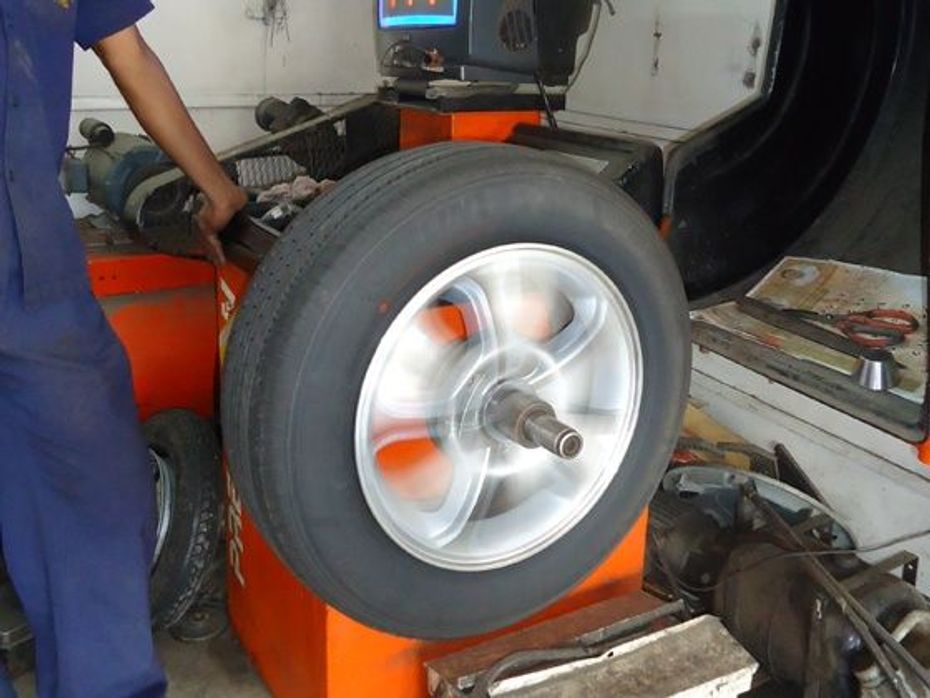Explore all New Cars of 2024
 Toyota Fortuner With Mild-hybrid Diesel Engine Launched In South Africa: Top 7 Highlights
Toyota Fortuner With Mild-hybrid Diesel Engine Launched In South Africa: Top 7 Highlights


A vehicle’s tyre is the only contact a driver has with the road. Hence, having the right tyre aside, it is critical to keep its ‘balance’ perfect to avoid irregular wear and tear. Balancing a tyre simply means that the tyre should run in a straight line with the car. When the tyre rotates, asymmetries in the tyre cause it to wobble, which eventually results in getting vibrations in the steering wheel. This vibration in the steering wheel is known as 'shimmy.' This shimmy at particular road speed can die out as the speed increases and come up again at a higher speed. When the shimmy is set in, any worn ball joints in the steering linkage can be heard as a rattle. At higher speeds, the vibrations also increase, adding to the tyre and suspension damage and increased wear and tear.
Wheel balancing is done by adding counterweights using a balancing machine that judges the irregularities and tells the mechanic where to add counter-weights to finish off the imbalance in a tyre. Counter weights are small weights that have a certain mass and help in counter-acting the forces acting to imbalance the weight. Whether an alloy or a pressed steel rim, balancing is important for both.
Keeping these important factors in mind will surely prolong tyre life. Under ideal conditions, wheel balancing should be done whenever you find uneven tyre wear or uncomfortable feedback on the steering wheel.
TIP: On a heavy imbalance on the rim and tyre where weights upwards of 100 grams are required, 'change of rim or tyre or both' is advisable.
India's largest automotive community